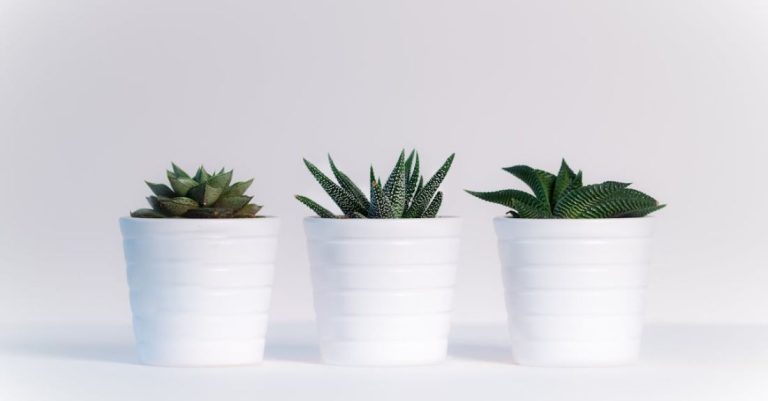
Creating a beautiful and functional garden, no matter how small, requires thoughtful planning and design. With the right layout, you can make the most of your space and create a peaceful oasis right outside your door. Whether you have a tiny backyard, a balcony, or a small patio, these tips will help you plan a small garden layout that maximizes your space and enhances your outdoor living experience.
Assess Your Space
Before you start planning your small garden layout, take some time to assess your space. Consider the size and shape of your garden area, as well as any existing features such as trees, fences, or walls. Think about how you want to use the space – whether you want a cozy seating area, a place to grow vegetables, or a spot for entertaining guests. By understanding your space and your needs, you can create a layout that works for you.
Create Zones
One of the keys to planning a small garden layout is to divide your space into different zones. This helps to define different areas of your garden and makes the most of the available space. For example, you could create a seating area for relaxing or dining, a planting area for flowers or vegetables, and a pathway to connect the different zones. By creating distinct areas within your garden, you can make the space feel larger and more organized.
Use Vertical Space
In a small garden, vertical space is your best friend. Make use of walls, fences, and trellises to add height and interest to your garden. You can hang plants in baskets, install shelves for potted plants, or grow climbing plants to cover vertical surfaces. By using vertical space, you can make the most of limited ground space and create a lush and inviting garden.
Choose the Right Plants
When planning a small garden layout, it’s important to choose the right plants for your space. Opt for plants that are well-suited to your local climate and growing conditions, as well as plants that fit the scale of your garden. Consider the mature size of plants and how they will look in your garden once they have grown. Choose a mix of plants that provide color, texture, and interest throughout the year, and don’t be afraid to experiment with different combinations.
Consider Functionality
In a small garden, it’s essential to prioritize functionality in your layout. Think about how you will use the space and what elements are most important to you. If you enjoy dining outdoors, make sure to include a table and chairs in your layout. If you love gardening, allocate space for planting beds or containers. By considering functionality in your garden design, you can create a space that meets your needs and enhances your outdoor living experience.
Add Personal Touches
Finally, don’t forget to add personal touches to your small garden layout. Whether it’s a favorite piece of artwork, a collection of potted plants, or a cozy seating nook, adding personal touches can make your garden feel like a true reflection of your style and personality. Consider incorporating elements that bring you joy and make you feel at home in your outdoor space.
In conclusion, planning a small garden layout requires careful consideration of your space, needs, and personal style. By creating distinct zones, using vertical space, choosing the right plants, prioritizing functionality, and adding personal touches, you can design a small garden that is both beautiful and functional. With a well-thought-out layout, you can make the most of your space and enjoy your outdoor oasis to the fullest.





